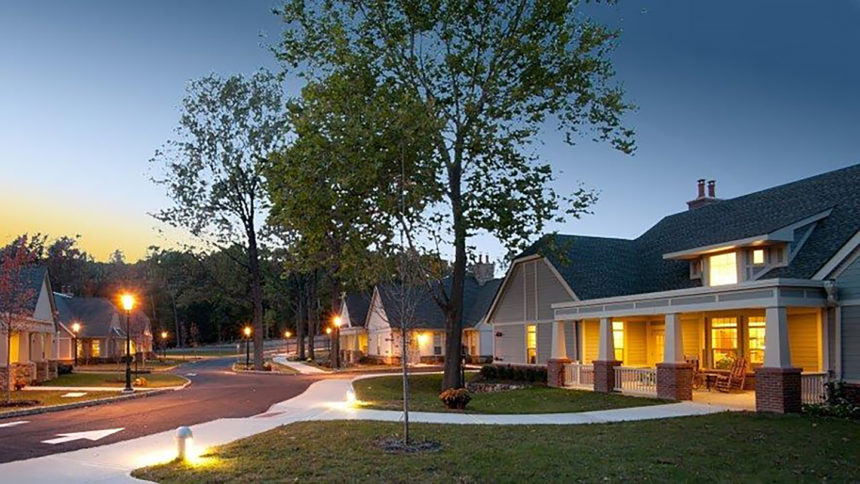
Where healthcare workers live, as well as other social factors, plays a role in whether they get COVID-19, a new study finds.
Maria Zlotorzynska, PhD, a health scientist with the Centers for Disease Control and Prevention, was part of a July study in Infection Control & Hospital Epidemiology that looked at how where healthcare workers lived — along with social vulnerability — could affect their risk of COVID-19 infection. She also wanted to look at why disparities occurred. Her team examined how health systems can use the data to deal with labor shortages and improve workers’ well-being.
“While those who work with patients with COVID-19 experience infection risk within their workplaces, community exposures represent a substantial source of transmission among healthcare workers as well,” Zlotorzynska said.
The data came from Colorado, Minnesota, New Mexico, New York and Oregon. Participants were healthcare workers in nursing homes, acute care hospitals, outpatient clinics and other healthcare settings. They included workers who were positive and negative for SARS-CoV-2, the virus that causes COVID-19.
The scientists gathered data on demographics, medical conditions, use of personal protective equipment and basics on how workplaces operated. Data were collected from May to December 2020. The researchers used a measure called the Social Vulnerability Index, or SVI, to classify details about each participant.
The team separated 25% of the participants and classified them as having high SVI, whereas the rest of them were categorized as having low SVI.
Healthcare workers with COVID-19 had a higher likelihood of living in highly vulnerable census areas. Social factors in the residential area may affect a healthcare worker’s risk for getting the virus, Zlotorzynska said.
People who worked in healthcare at the height of the pandemic who had COVID-19 were more likely to live in areas with higher levels of poverty and unemployment. They also were more apt to live in places with more older adults, children and single-parent households.
Zlotorzynska said she hopes that healthcare systems learn that it is important to think about the variety of social and economic contexts of their staff members.



